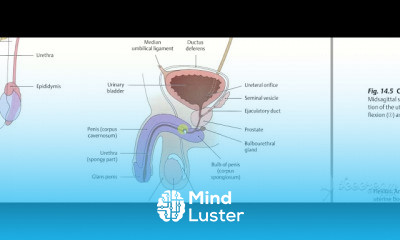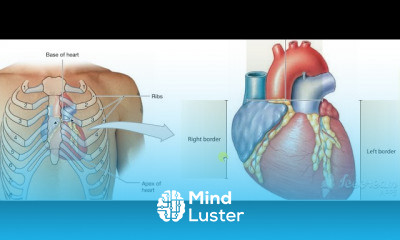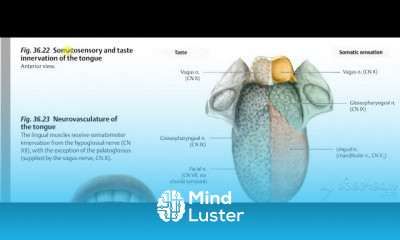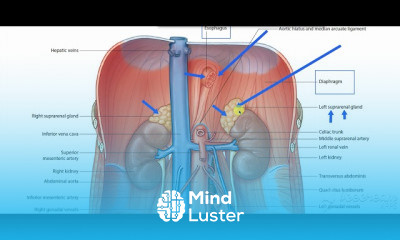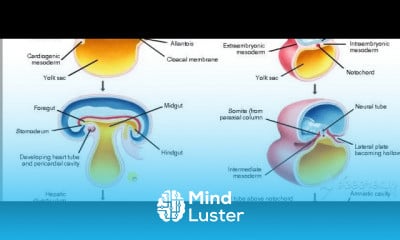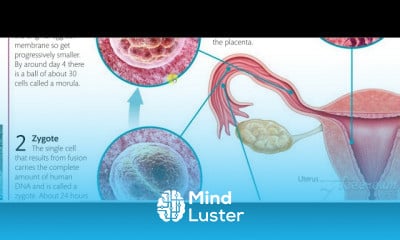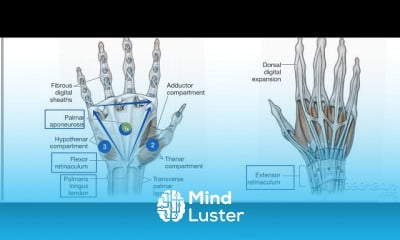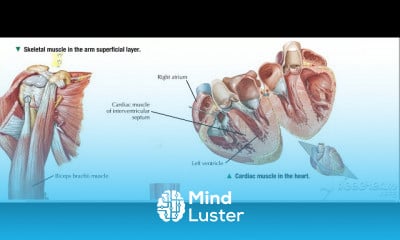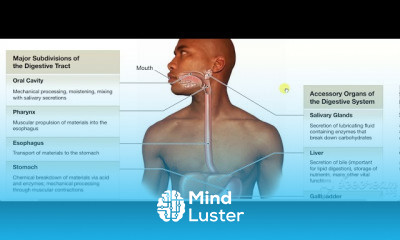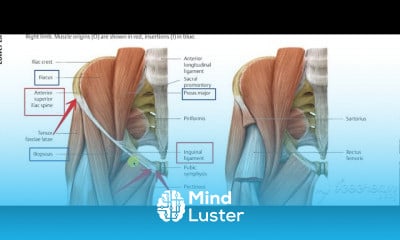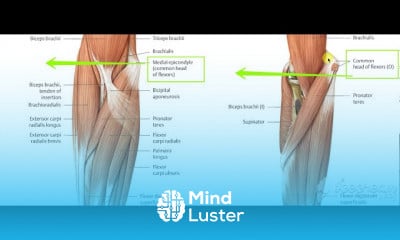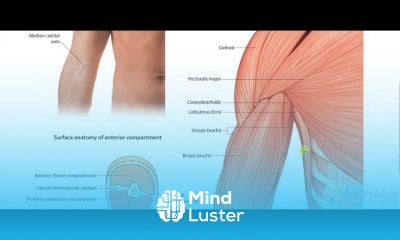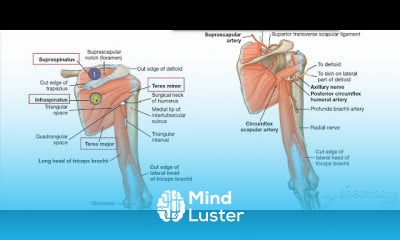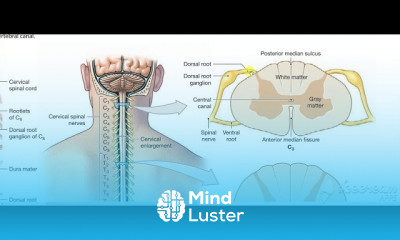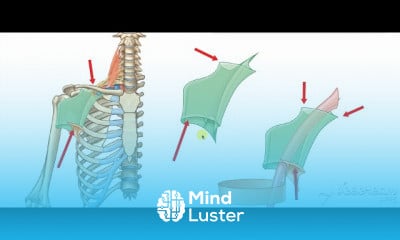Axilla 2
Share your inquiries now with community members
Click Here
Sign up Now
Lessons List | 28
Lesson
Comments
Related Courses in Medical
Course Description
The axilla (also, armpit, underarm or oxter) is the area on the human body directly under the joint where the arm connects to the shoulder. It also contains many sweat glands.
In humans, the formation of body odor happens mostly in the armpit. These odorant substances have been suggested by some to serve as pheromones, which play a role related to mating. However, this is a controversial topic within the scientific community. The underarm regions seem more important than the genital region for body odor, which may be related to human bipedalism.
The lower posterior boundary is called the posterior axillary fold and this is a compound structure consisting of the latissimus dorsi and teres major muscles. It can descend after weight loss
The anterior boundary is called the anterior axillary fold and this is rounded in shape and formed by the lower border of the pectoralis major. Some sources also include the pectoralis minor.[8] It can elongate after weight loss.
The contents of the axilla include the axillary vein and artery, as well as the brachial plexus, lymph nodes and fat. The axilla is the space between the side of the thorax and the upper arm.
There are three main routes by which structures leave the axilla.
The main route of exit is immediately inferiorly and laterally, into the upper limb. The majority of contents of the axilla region leave by this method.
Another pathway is via the quadrangular space. This is a gap in the posterior wall of the axilla, allowing access to the posterior arm and shoulder area. Structures passing through include the axillary nerve and posterior circumflex humeral artery (a branch of the axillary artery.
The last passageway is the clavipectoral triangle, which is an opening in the anterior wall of the axilla. It is bounded by the pectoralis major, deltoid, and clavicle. The cephalic vein enters the axilla via this triangle, while the medial and lateral pectoral nerves leave.
Trends
Graphic design tools for beginners
Microsoft Excel
Artificial intelligence essentials
Bioinformatics basics
Cyber Security for Beginners | Edureka
Computer science careers
Build a profitable trading
Essential english phrasal verbs
Learning English Speaking
Making money with apps
Python for beginners
Human Resources Management
YouTube channel setup
Build a tic tac Toe app in Xcode
Microsoft Word
Excel skills for math and science
Marketing basics for beginners
Python programming language
Ubuntu linux
Chemistry
Recent
Bioinformatics basics
Bioinformatics databases
Vitamin A to Z tablets
Best zoology books
Best cream for piles pain
Laser surgery for piles
Best cream for piles
Anal fissure treatment
Best antibiotics for diseases
Antibodies structure
Macrophage structure
Drosophila genetics
Diagnostic tests
Bioinformatics
Genetics
Gene therapy
Kidney structure
DNA replication and types
Bacterial cell structure
Parasite structure



